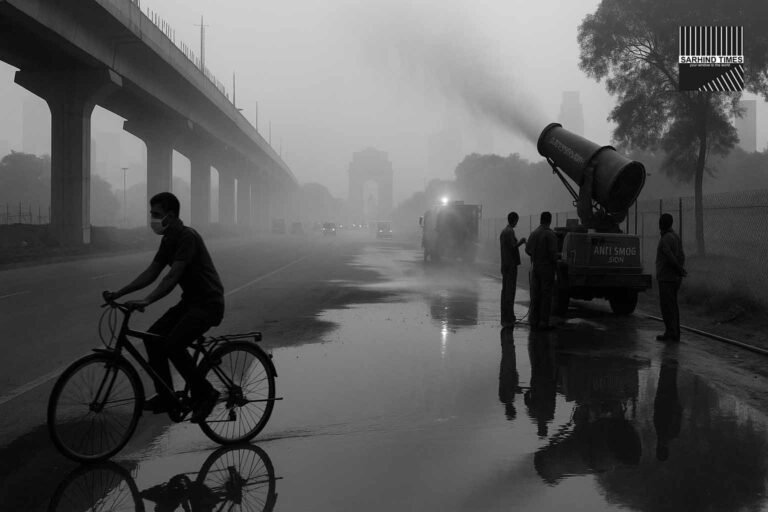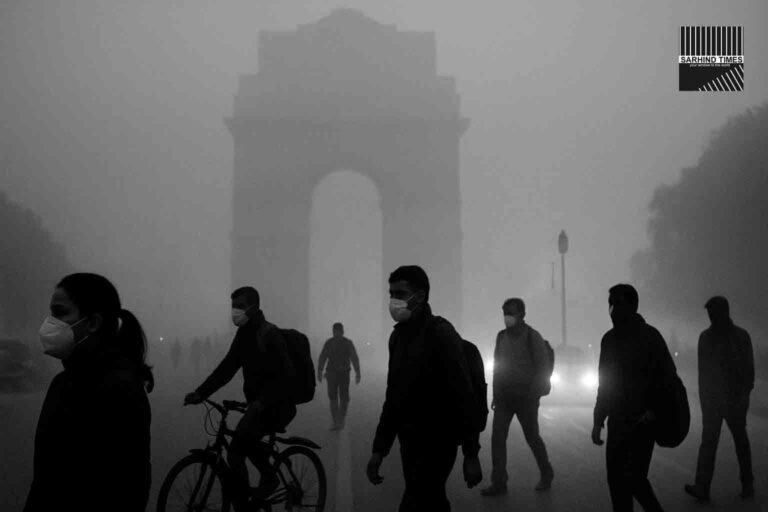21 sep 2025
The India Meteorological Department (IMD) has flagged a developing low-pressure area over the northern Bay of Bengal, expected to take shape around September 26–27, 2025. This system could significantly increase rainfall across north coastal Andhra Pradesh, with districts such as Srikakulam, Vizianagaram, Parvathipuram Manyam, Visakhapatnam, Alluri Sitharama Raju, and Anakapalle on high alert.
While not all low-pressure systems intensify into cyclones, their capacity to bring sustained, heavy rains makes them crucial weather events, especially for Andhra’s coastal belt. The advisory comes at a critical juncture, as monsoon withdrawal elsewhere in India contrasts with continued activity in the Bay region.
The IMD Alert: What We Know So Far
Meteorologists predict:
- Formation: Low-pressure system over northern Bay of Bengal by Sep 26–27.
- Rainfall Impact: Heavy to very heavy showers over north coastal Andhra.
- Sea-State: Rough conditions, with warnings issued for fishermen.
- Duration: Likely to persist through the week depending on intensification.
Officials stress that the exact impact will depend on the system’s track and strength, with mid-week updates expected.
Why North Coastal Andhra Is Vulnerable
This region, comprising key districts like Visakhapatnam and Srikakulam, is geographically exposed to Bay systems due to:
- Proximity to storm tracks along the Odisha–Andhra corridor.
- Dense population clusters in coastal towns.
- Urban infrastructure limits in drainage, often leading to waterlogging.
- Agricultural dependence on timely but not excessive rainfall.
Historical Context: Late September Bay Systems
Historically, late-September low-pressure systems have:
- Recharged reservoirs ahead of the rabi crop season.
- Triggered flooding in urban centers like Visakhapatnam.
- Occasionally intensified into cyclonic storms, though this is less common compared to October–November.
Examples:
- September 2018: A Bay low brought torrential rain to north Andhra, disrupting power supply.
- September 2020: Heavy showers replenished major reservoirs but inundated villages.
Risks & Challenges
- Urban Flooding: Cities like Vizag face repeated waterlogging.
- Agriculture: Excess rains could damage standing paddy crops.
- Transport: Rail and road connectivity may be disrupted by landslides in hilly zones.
- Fishing Communities: High seas pose direct risks to livelihood and safety.
Government Preparations
State authorities have begun:
- Issuing fishermen advisories.
- Stocking relief materials in low-lying villages.
- Activating district disaster management units.
- Coordinating with power utilities to pre-empt outages.
Visakhapatnam officials said “flood-prone wards are being mapped for quick response if rains intensify.”
Farmers’ Concerns
Farmers in coastal Andhra are anxious. While reservoirs need replenishment, excessive rains during harvest windows could damage crops. Balancing water storage and flood risk is the key challenge.
Expert Views
- Meteorologist: “This is a classic Bay setup. Even without cyclone formation, rain efficiency is high.”
- Agriculture Specialist: “Timely advisories are critical. Excess rainfall can flatten paddy and cause fungal issues.”
- Climate Analyst: “Bay systems are becoming more erratic with climate variability—sometimes weaker, sometimes hyper-intense.”
Community Voices
- Fisherman (Srikakulam): “We depend on daily fishing trips. When seas close, our income stops.”
- Student (Visakhapatnam): “Our classes often get cancelled due to waterlogging. We need better city drainage.”
- Farmer (Vizianagaram): “Rains are good if controlled, but sudden downpours ruin crops.”
Broader Climate Context
India’s east coast has faced increasingly volatile monsoon behavior:
- Shorter dry spells punctuated by intense rain bursts.
- More low-pressure systems forming in the Bay.
- Rising sea-surface temperatures influencing storm tracks.
These changes underscore the urgency for climate-resilient urban and agricultural planning.
Looking Ahead
IMD will release updated bulletins mid-week to refine impact projections. Citizens are advised to:
- Avoid travel in stormy conditions.
- Follow district advisories.
- Farmers should secure harvested produce.
- Fishermen must stay ashore until alerts are lifted.
Conclusion
The brewing low-pressure system in the Bay of Bengal is a reminder of nature’s dual role: nurturing crops and reservoirs, while also threatening lives and infrastructure. For north coastal Andhra, preparedness is key—balancing the benefits of rain with the risks of flooding.
With the IMD closely monitoring, the coming days will test both nature’s force and the region’s resilience.
#IMD #AndhraPradesh #BayOfBengal #RainAlert #Weather #Climate #DisasterPreparedness #Vizag

























+ There are no comments
Add yours